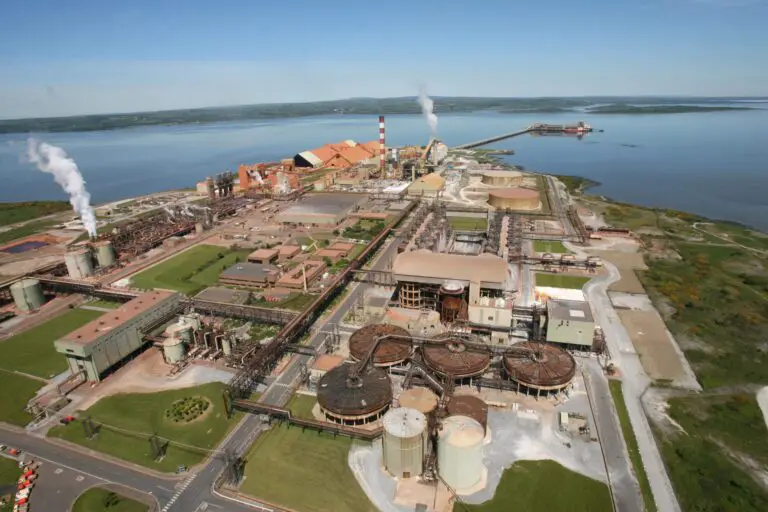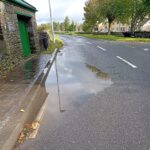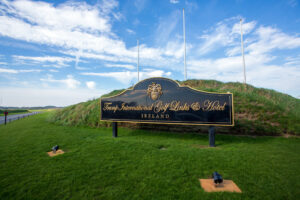*Aughinish Alumina
FUTUREPROOF Clare ( FPC) has made a submission to the Environmental Protection Agency (EPA) to object to the renewal of the Aughinish Alumina (AAL) dredging and dumping at sea licence.
Last July permission for the expansion of Aughinish’s bauxite disposal area was quashed when FPC took a High Court case against An Bord Pleanála’s decision. Futureproof Clare claim they are concerned about potential detrimental effects of the refinery’s operations on water sources and ecosystems in the local area.
Emanuela Ferrari of EPC stated, “Futureproof Clare has already successfully legally challenged the bauxite refinery, which has operated in the area for the past four decades, with huge environmental and social costs”.
Presently the Russian owned company has applied to renew its permit for the loading and dumping of dredged material as part of its maintenance operations, which entails disposing of 668,454 tonnes of dredged material over a 8 year period. The new licence application proposes dumping at a site north west of Foynes island, whereas before it was discharged in the vicinity of the jetty.
“If the EPA grants Aughinish Alumina this licence to dredge and dump, it will entail the dredging of 80,000 tonnes of sediment per annum, and that amounts to the equivalent of 5,000 double decker buses of potentially contaminated muddy sand every year” said Ms Ferrari.
She continued, “Futureproof Clare is concerned about the rampant industrialisation of the Shannon Estuary and the proliferation of polluting industries in the area – on the basis of the incompatibility of the operations with the status of the estuary as a Special Area of Conservation under the Natura 2000 European directives”.
An increase in dredging would detrimentally affect the seabed habitat as well as the water quality, FPC claimed. Operations are due to take place for 21 days at a time if approved which will lead to noise disturbance and potential detrimental effects for wildlife in the area, FPC flagged.
Sinéad Sheehan, a member of FPC Clare commented, “Dolphins communicate through sound for hunting, mating and social purposes, so they are particularly sensitive to noise. The area is also home to otters, coral reefs, marine animals, food chains and plankton, so the proposed dredging and dumping seems bound to disturb this precious life. This should not be allowed as most of the area is part of the River Shannon Special Area of Conservation which means that the habitat is legally protected”.
Ireland has “slack enforcement of environmental protection laws,” Sineád said. This allows industries to “benefit from this lax regulatory framework to implement highly risky practices that imperil the habitat of humans and other species. The EPA is mostly there to regulate the rate of environmental destruction to suit the industry’s expansion, not to guarantee the preservation of the environment and the life it supports. Now it is time for the agency to show where its loyalty stands, when the urgency and importance of biodiversity protection cannot be overestimated. According to UNEP, up to one million species are threatened with extinction globally as a result of human activities, and this decade is crucial in preventing collapse of the biosphere and human civilizations”.











